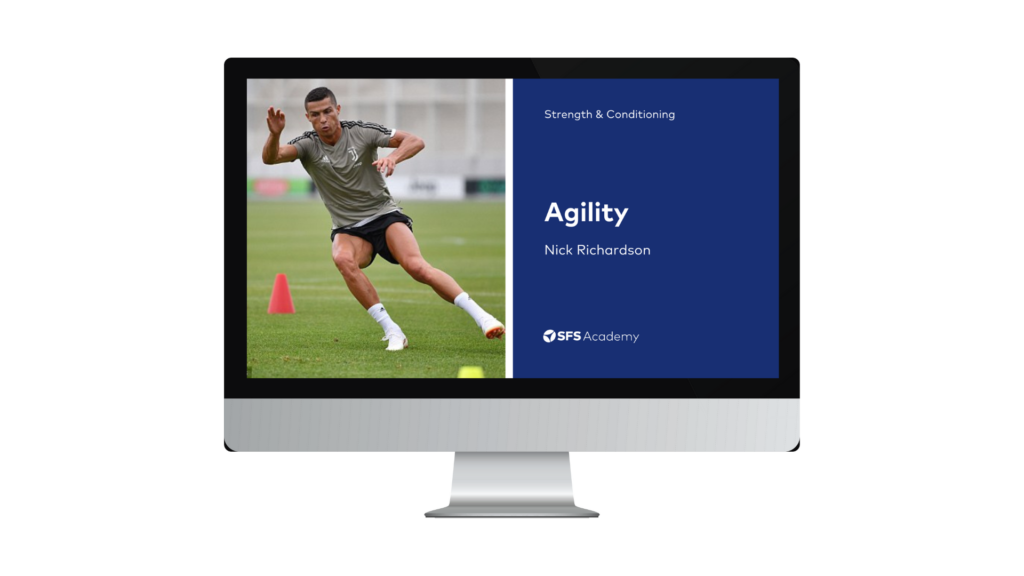This week in the world of sports science, here’s what happened…
- Are armband heart rate monitors valid?
- Catapult’s new athlete monitoring system
- How did boxing legend Marvin Hagler train?
Are armband heart rate monitors valid?

Recently, armband heart rate monitors have begun to gain popularity due to their convenience. A recent study examined the validity of armband heart rate monitors, specifically comparing the Polar Verity Sense (armband) to the Polar H10 (chest strap).
In this study, 39 adolescents participated in a six-minute resistance-based high-intensity interval training session while simultaneously wearing both the Polar Verity Sense and the Polar H10 heart rate monitors. The study identified a strong correlation between the Polar Verity Sense and the Polar H10 in monitoring heart rate among adolescent participants.
The findings of this study indicate that traditional chest strap heart rate monitors can be effectively replaced with more practical armband heart monitors, such as the Polar Verity Sense, particularly in settings involving groups of adolescents.
Catapult’s new athlete monitoring system

Catapult has just launched its latest athlete monitoring system, the Vector 8, which promises to revolutionise the football landscape. They shared an impressive interactive post on LinkedIn showcasing this new system.
The post highlights the increasingly packed modern football calendar, using Chelsea F.C. as a prime example. This season, they could potentially fit in 57 matches across six competitions within just 310 days. With fixture congestion becoming a pressing issue, squad rotation and player availability are more crucial than ever. Coaches must make smart training decisions to ensure players who see less match time are still exposed to match-level intensities, keeping them ready for when called upon, while also allowing the starting eleven to recover adequately between games. Finding the right tools to manage player availability can be challenging, and Catapult is confident that the Vector 8 addresses this contemporary problem in football.
The new GPS can live-track up to 120 athletes across a pitch measuring 400 by 400 meters, offering instant access to vital athlete data for both match days and training sessions. Engineered for speed, efficiency, and real-time decision-making, its goal is to “maximise every second in every season.” It will be fascinating to see just how impactful the Vector 8 proves to be for football teams.
If you would like to learn more about the Vector 8, check out the LinkedIn post (here), our course, Catapult GPS, and our podcast episode, Catapult’s Vector 8: The Future of Athlete Monitoring Unveiled.
How did boxing legend Marvin Hagler train?

Recently, the YouTube channel “Back to Boxing” shared an eye-opening video that shines a light on the intense training regimen of the legendary boxer Marvin “Marvellous” Hagler. Eight weeks before his fights, Hagler would seclude himself in Provincetown, a small town at the tip of Cape Cod, completely cutting ties with family and friends. This time was solely devoted to training, eating, and sleeping.
Hagler lived by the mantra, “comfort is the enemy of greatness.” He employed several unconventional methods to toughen himself both mentally and physically. For example, he slept on a hard surface, believing that even his sleep should contribute to his toughness. His morning routine had him running in the challenging weather of Cape Cod between 3:30 and 5:30 a.m., all while wearing army boots, as he felt running shoes offered too much comfort. After these early runs, he would isolate in his room, free from distractions like TV or radio, and visualise his upcoming fight repeatedly. His boxing training took place in the evenings, where his sparring tales have become legendary. Hagler would always spar at full intensity against multiple fresh opponents rotating in and out.
The video contrasts Hagler’s intense training methods with the advancements in modern sports science, which have introduced enhanced techniques and an increased emphasis on recovery. Today, athletes can utilise training technology to monitor a variety of metrics, such as training output, load management, hydration, and sleep. However, the video raises an intriguing question: have these advancements diminished the hunger, work ethic, and mental toughness that characterised legends like Hagler?
We would love to hear your thoughts on this debate!
From us this week:
>> New course: Bio Banding
>> New podcast: Why Sprint and Jump Training Transforms Every Athlete
>> New infographic: Water
>> New article: Hydrotherapy
Access to a growing library of sports science courses
SFS Academy is an all-access membership to premium sports science education.
With SFS Academy, you’ll learn from some of the best coaches around the world as they teach you how to apply the latest research and practice with your athletes.



